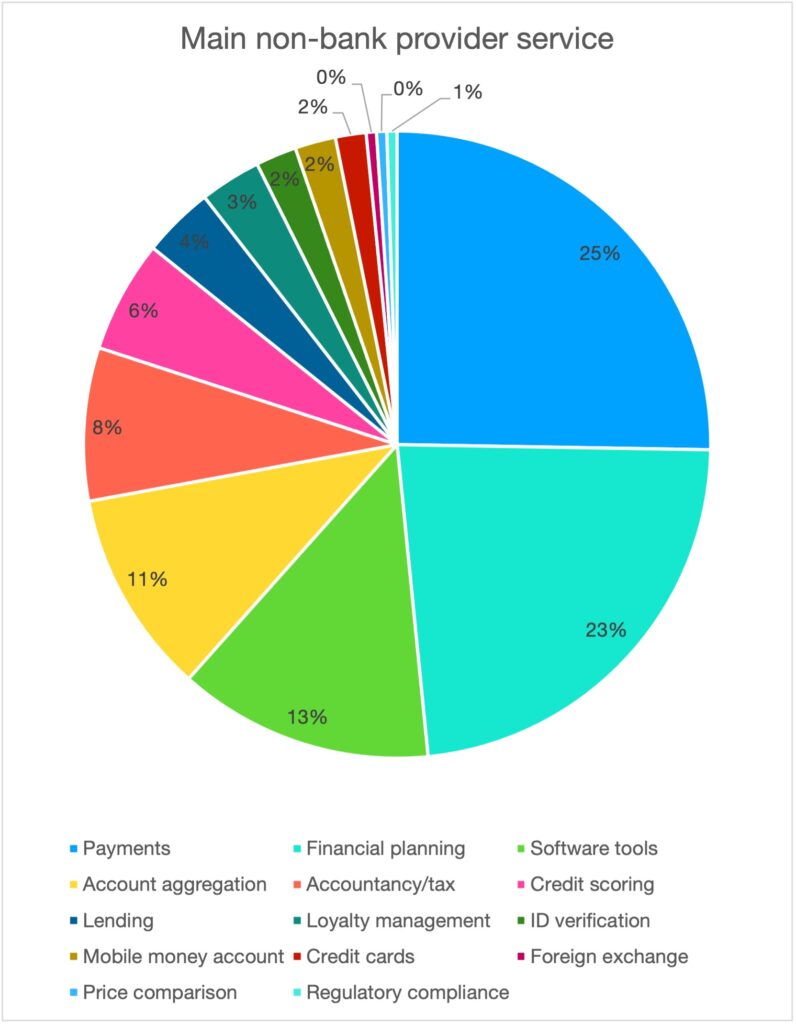Interoperability canards #1
First in a series of interoperability canards (‘an unfounded rumour or story’, from the French for duck ?):
“It’s just too technically complex to make these homogeneous services interoperable, particularly when end-to-end encrypted.”
So, how many E2EE instant messaging clients support the Signal protocol?
- Signal (obvs)…
- WhatsApp.
- FB Messenger.
- Google Messages (in progress).
- Microsoft Skype (in progress). Also, custom implementations by
- Viber
- Forsta. And component use in
- XMPP standard
- Matrix
- Wire and
- an improved version in an @ietf proposal ?
Canard 1a. “But that’s just simple text messaging!” A: See this Wikipedia comparison of messaging protocol functionality.
Canard 1b: “but these services are all so dynamic, constantly evolving, and heterogeneous!” The UK Competition & Markets Authority answer (from its 2019 market study on digital advertising and online platforms):
Canard 1c: “a standardised API will lead to homogenous, me-too services!” My answer from @UKOpenBanking:

Canard 1d: “Interoperability requirements would ossify technical functionality, like e-mail.” Answer:
- Legal interoperability requirements proposed in the EU Digital Markets Act, US Access Act and elsewhere would only apply to the largest platforms, not small platforms such as Signal. It would be entirely up to the latter if they wished to take advantage of the option.
- A well-designed interoperability mandate would only apply to industry-standard functionality, meaning affected platforms could still extend their products with new features without having to standardise that first. In time, if the features became industry standard, the interop obligation would extend to them.
- This is the best long (techie) discussion I’ve read of Moxie Marlinspike’s famous blog post on this issue.

